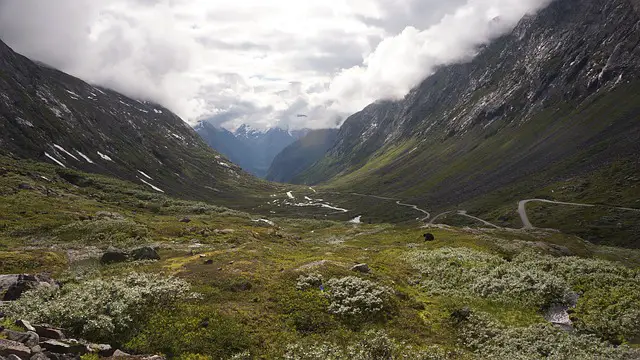Embarking on a trekking adventure requires careful planning and the right gear to ensure a safe and enjoyable experience. One of the most critical pieces of equipment is the trekking bag. With countless options available, choosing the perfect trekking bag can be overwhelming. This article will guide you through the essentials of selecting a trekking bag that suits your needs and enhances your outdoor escapades.
What to Look for in a Trekking Bag?
When searching for the ideal trekking bag, several factors must be considered to ensure it meets your specific requirements. A trekking bag should offer the following features:
Size and Capacity
The size and capacity of your trekking bag are crucial. The volume of a bag is measured in liters and should correlate with the length and type of your journey. For short day trips, a 20-30 liter bag will suffice. For multi-day treks, consider bags in the range of 40-60 liters. Expeditions lasting over a week may require 70 liters or more to accommodate all necessary gear and supplies.
Comfort and Fit
A comfortable fit is essential to prevent fatigue and injury. Look for trekking bags with adjustable shoulder straps, padded hip belts, and back panels that conform to your body. Many modern bags feature adjustable torso lengths, allowing for a more customized fit. Load lifters and sternum straps help distribute weight evenly, reducing strain on your back and shoulders.
Durability and Material
Trekking bags endure rough conditions and must be made of durable materials. Nylon and polyester are popular choices due to their lightweight, water-resistant, and abrasion-resistant properties. Reinforced stitching and high-quality zippers also contribute to a bag’s longevity. Consider bags with weatherproof covers or rain flaps to protect your gear from the elements.
Essential Features of a Trekking Bag
Several additional features enhance a trekking bag’s functionality and convenience:
Multiple Compartments
Multiple compartments and pockets help organize your gear for easy access. Look for bags with separate sections for sleeping bags, hydration systems, and external pockets for frequently used items like snacks, maps, and rain gear.
Hydration Compatibility
Staying hydrated is crucial during treks. Hydration-compatible bags have built-in compartments for water reservoirs and hose ports, allowing you to drink without stopping.
Attachment Points
External attachment points such as daisy chains, gear loops, and compression straps allow you to secure extra gear like trekking poles, ice axes, or sleeping pads to the outside of your bag. This saves internal space and keeps essential items readily accessible.
Ventilation
Proper ventilation is essential to prevent overheating and sweating. Look for trekking bags with mesh back panels or ventilation channels that promote airflow between your back and the bag.
How to Choose the Right Trekking Bag for You?
Choosing the right trekking bag involves considering your specific needs and preferences:
Type of Terrain and Weather
The type of terrain and expected weather conditions play a significant role in determining the right bag. For rugged, mountainous terrain, a durable and waterproof bag is essential. In contrast, for tropical climates, a lightweight and breathable bag is preferable.
Duration of Trek
The duration of your trek dictates the bag’s capacity. Ensure you have enough space for all essentials, including food, clothing, and shelter. Over-packing can lead to discomfort, while under-packing can leave you unprepared.
Personal Comfort
Ultimately, personal comfort is paramount. Visit outdoor gear stores to try on different bags and adjust the straps to find the best fit. Consider the packing weight and balance the load evenly to avoid strain.
In conclusion, investing in the perfect trekking bag tailored to your adventure ensures a more enjoyable and successful trekking experience. By considering factors such as size, comfort, durability, and additional features, you can embark on your journey well-prepared and confident. Happy trekking!




